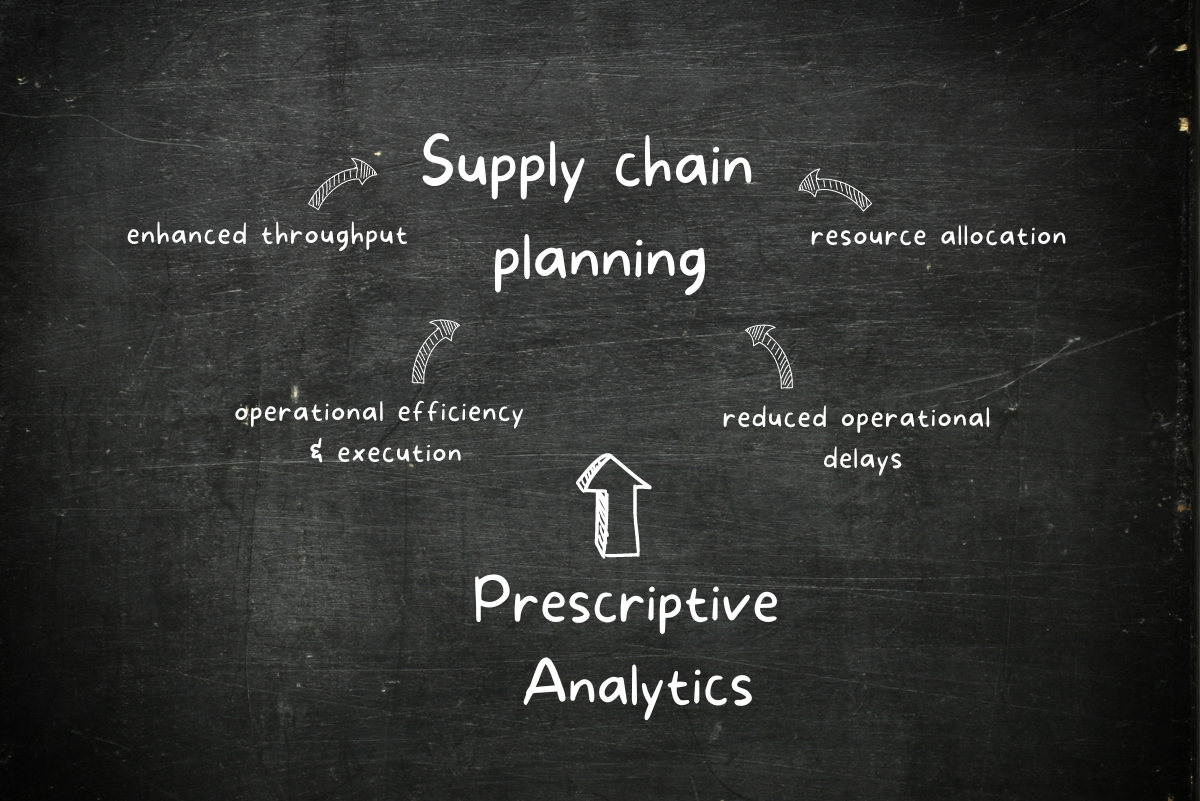Optimized Shift Scheduling Drives 60% in Time Savings for Hospitals Using MedSpace App
Problem
In healthcare, time is of the essence. But creating reliable and efficient shift schedules is challenging, especially in hospitals with a large workforce. Sometimes doctors are expected to plan their shifts themselves. Yet, from a cost and efficiency stance, it’s better to have doctors spend that time on patient-facing activities. Hiring a planner is a possibility. In that case, the planner needs to take patient and doctor preferences into account. They also need to estimate the amount of time it takes to perform a specific procedure, and ensure the schedule respects specific labor laws and regulations. In short, without the right tools, shift scheduling can be very tedious and time-consuming.
“Excel is still the scheduling application of choice for most healthcare organizations,” says Jan Pieter Gallas, CEO of MedWeb, a Dutch company that develops software solutions for the healthcare sector. “We have seen that it takes a planner on average 10 hours to plan up to 30 different kinds of shifts using Excel,” Gallas adds.
Solution
Gallas and his team developed MedSpace, a roster and shift scheduling app, to help healthcare organizations address this challenge. The app uses an AIMMS optimization model under the hood to help planners manage the complexity of multiple schedules and spread work hours evenly for all doctors.
The cloud-based timesheet application comes with a desktop environment and a mobile app. Nurses, doctors and administrative staff can input their holiday schedule and shift preferences with a couple of clicks using the mobile app. The planner then configures the application to account for different kinds of rules and constraints, including:
- day and night shifts
- back up shifts
- specialty shifts
- labor regulations
- the availability of operation rooms
Once the configuration is complete, an AIMMS-based model runs with these settings and creates schedules for the coming 2-3 months and up to a year. An overview of the capacity requirements for each staff type is provided, helping the planner identify any potential staff shortages.
Once the schedule is created, MedSpace automatically syncs with the mobile app. This saves doctors and nurses a lot of time and gives them quick insight into their schedule. They can also request shift changes and time off using the app, without having to sift through multiple spreadsheets.
Agile schedule creation amidst uncertainty
When the COVID-19 pandemic broke out, hospitals across the world struggled to meet surging demand, not just because of a lack of ICU beds but also personnel shortages. In the Netherlands, hospitals stopped elective procedures and non-urgent care to prevent the spread of the virus and allocate doctors to intensive care units. Medical institutions using MedSpace found the tool incredibly helpful to incorporate new doctors into the ICU schedule amidst a highly volatile environment. MedSpace released a dedicated add-on that took personnel preferences and strict privacy requirements into account. Doctors could voluntarily take up shifts in the ICU with a few clicks.
“Our customers appreciated the ability to be able to call on doctors from multiple departments and add them to the ICU schedule. They could do that with the push of a button, which saved them time and stress in an already difficult situation. This made a big difference in hospitals that were hit the hardest by the pandemic.” – Jan Pieter Gallas, MedWeb CEO
Results
MedSpace is used by hundreds of hospitals across the Netherlands, Germany and Belgium. Organizations using the application cut planning times by 60% or more; going from 10 hours in Excel to 4 hours or less in MedSpace.
Benefits in a nutshell
- 60% less planning time
- More efficient shift planning
- Happier employees; MedSpace has a 9 out 10 satisfaction rating from users
- More adaptability and agility
Read more about using the AIMMS low code Development platform to build your own apps with mathematical optimization capabilities.






